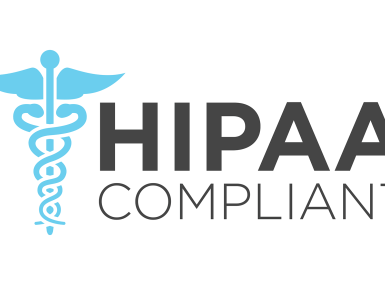Feeding kids during the summer requires county officials
Upcoming Events
Related News

Key Takeaways
From Our Partners
This post is sponsored by our partners at Share Our Strength.
We are well into the 2023–2024 school year, meaning millions of kids have been receiving consistent, nutritious school meals. However, when schools close, many children lose access to these healthy meals, making summer the hungriest time of year. This issue is particularly acute in communities of color, where systemic inequalities contribute to higher rates of hunger and poverty.
As a county official, you have the opportunity to significantly impact the children in your community next summer.
For the first time, the Summer Electronic Benefit Transfer (SEBT), offering families a monthly $40 per child grocery benefit over the summer, will be available nationwide. This program represents a major shift in our nation's approach to ensuring kids have access to necessary nutrition during the summer months.
The impact of SEBT this year could be substantial. If all states apply and prioritize the program in their budgets, over 29 million kids could be reached nationwide. As a community leader, your partnership with state elected officials to implement SEBT for summer 2024 and beyond is crucial.
Before the pandemic, traditional summer programs reached only 1 out of 7 eligible children for summer meals. These programs often faced accessibility issues due to transportation barriers, bureaucratic challenges, and weather-related service adjustments. SEBT offers a solution to feed millions of qualifying children this summer.
SEBT fills a critical gap in family budgets, complementing existing meal services while providing flexibility for families.
Evidence of its effectiveness is strong. Summer EBT pilots, initiated over a decade ago, reduced the most severe level of child food insecurity by one-third. Additionally, the recent Pandemic Electronic Benefit Transfer (P-EBT) program helped families afford groceries when children were not in school, reducing very low food security in SNAP households by 17% in its first year.
Closing the summer meals gap is critical.
Year-round access to nutritious food enables children, especially in communities of color and other under-resourced areas, to grow up healthier, smarter, and stronger. Currently, Black children are three times more likely to face hunger than their white peers. Addressing this disparity is essential for all children to thrive, regardless of their zip code or circumstances.
SEBT is a game-changer. To participate, states must inform the United States Department of Agriculture (USDA) by January 1, 2024, and contribute half of the administrative costs. Early support for SEBT is vital. Engage with state agencies and encourage your governors and state legislators to include administrative costs in the next budget cycle.
Summer 2024 has the potential to be a transformative year for millions of kids across the country, marking a departure from being the hungriest time of year for many.
Post Sponsor
























